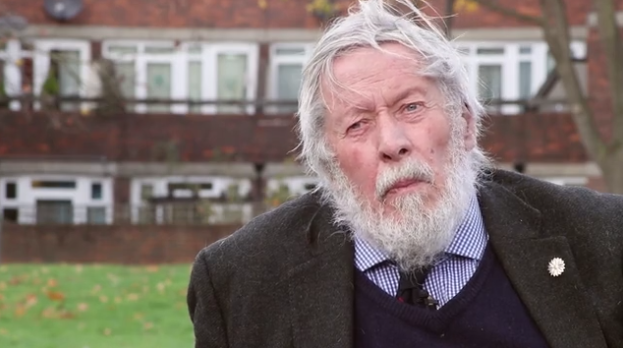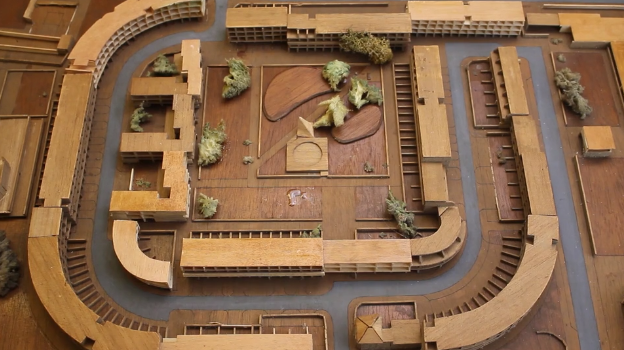Memories of Battersea is an oral history video project run by Spectacle and part funded by the Wandsworth Grant Fund. The project gives young adults from Battersea the opportunity to be trained in film-making while producing short films about their neighbourhood, collecting memories from elder Battersea residents, bridging intergenerational gaps and engaging with the history of their borough.
In this video, Spectacle met Nick Wood, the eclectic architect who designed and built the Carey Gardens estate in the early 70s in SW8 Battersea in Wandsworth.
Throughout his successful career at the London County Council and the Greater London Council, Nick aimed to create “council estates that didn’t look like council estates”, designing buildings that could provide an enjoyable living environment for its residents. Nick applied Sir Leslie Martin’s theories on land use to design Carey Gardens estate and his model proved that it was possible to achieve high density with low-rise buildings. During this time period, this was seen as revolutionary seeing as high-rise blocks were seen as more fashionable but cost more to build.
This Memories of Battersea episode gives an insight into the history of social housing, focusing on the effort of building new homes for the Battersea community after the devastation of World War II. Nick also walks through his theory use and intentions on building Carey Gardens as he sits down with an aerial map of the estate. He also mentions the Carey Gardens Co-operative, the tenant management organisation that plans events and coastal trips for the residents, proving how good urban housing design creates vibrant and happy resident communities.
Watch the full film here.
Visit Spectacle’s Memories of Battersea channel on Vimeo to watch other episodes featuring Battersea residents’ stories.
Spectacle’s homepage
Like Spectacle on Facebook
Follow Spectacle on Twitter
Instagram Spectacle_Media



